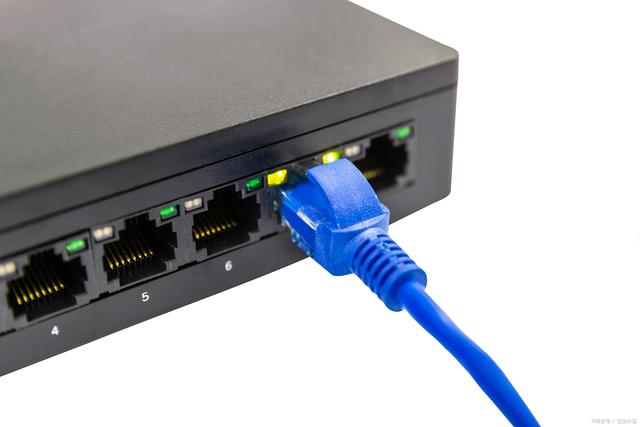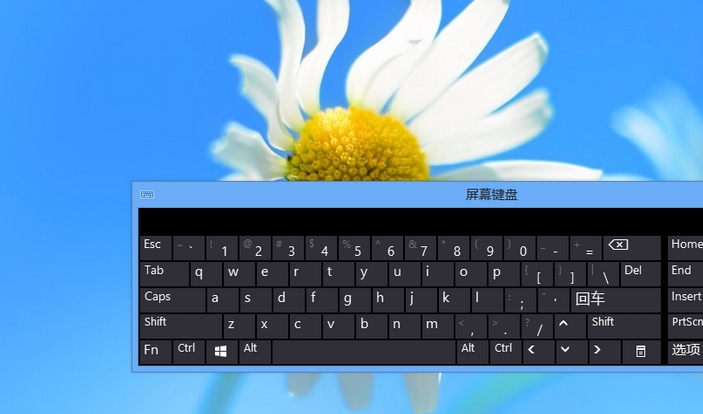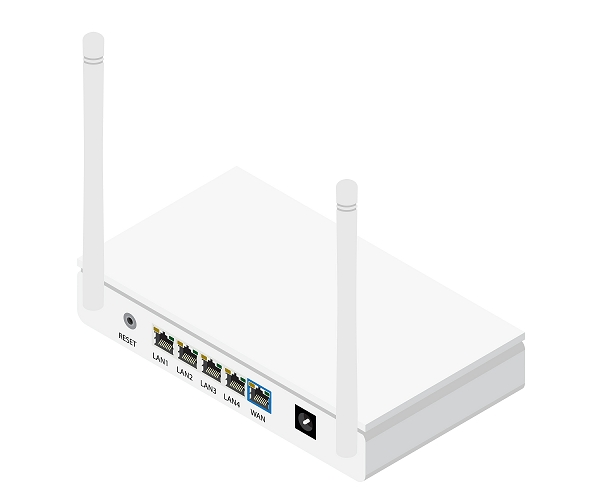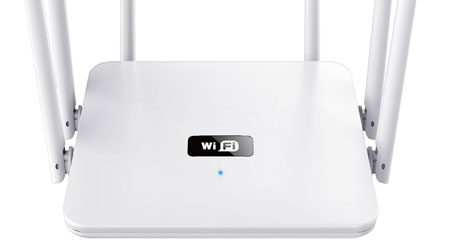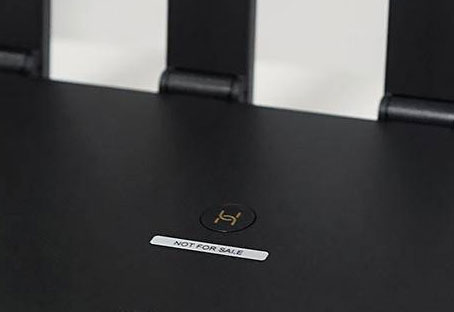How to Say "I Add You on WeChat" in English: A Comprehensive Guide Comprehensive Overview of "I Add You on WeChat" in E
<>
How to Say "I Add You on WeChat" in English: A Comprehensive Guide
Comprehensive Overview of "I Add You on WeChat" in English Contexts
The phrase "我加你微信" (wǒ jiā nǐ wēixìn) has become a globalized digital handshake in cross-cultural communication. As WeChat's international user base surpasses 130 million, understanding the nuanced English equivalents of this Chinese social ritual requires examining multiple dimensions. This phrase encapsulates more than a simple contact exchange - it represents the initiation of digital relationships, professional networking, and cultural adaptation. The English translation varies significantly across scenarios, from casual "Let's connect on WeChat" in social settings to formal "May I have your WeChat ID?" in business contexts. Our analysis reveals eight critical aspects that influence how this phrase should be adapted for English speakers, considering platform-specific etiquette, cultural connotations, and relationship dynamics. Below we dissect each dimension with linguistic precision and practical application examples.
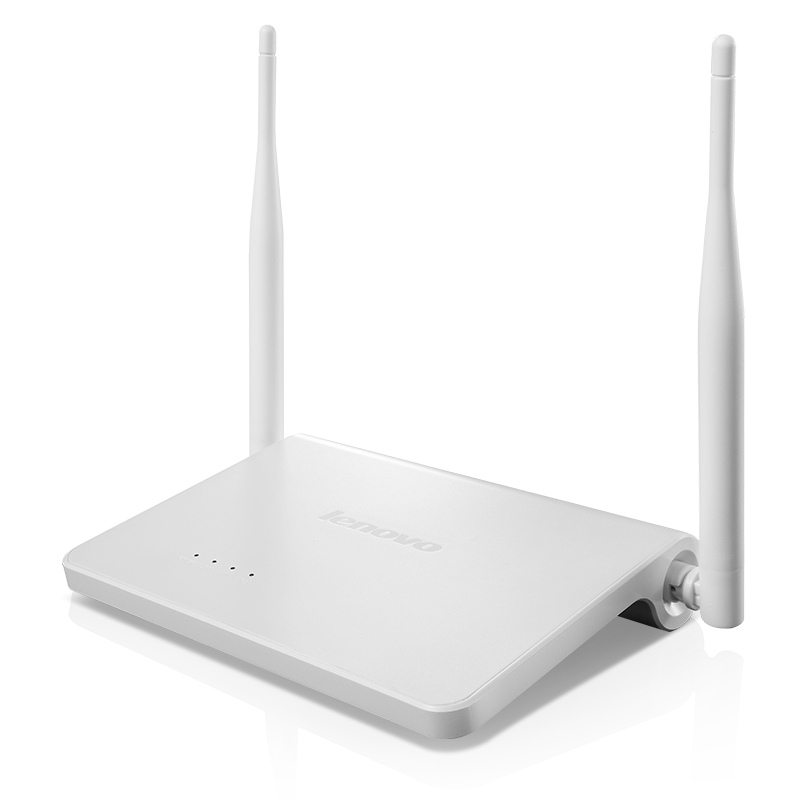
1. Literal Translation vs. Cultural Adaptation
Directly translating "我加你微信" as "I add you WeChat" creates syntactic confusion in English. Native speakers naturally use phrasal verbs and questions for such requests. The cultural adaptation requires understanding that Western digital etiquette favors indirect requests over direct statements.Preferred English variations include:
- "Could I add you on WeChat?" (most polite)
- "Let's connect on WeChat" (balanced)
- "What's your WeChat ID?" (casual)
Cultural contrast table:
Chinese Approach |
Western Adaptation |
Formality Level |
|---|
Direct statement |
Question format |
High |
Assumptive tone |
Tentative language |
Medium |
Command form |
Suggestion form |
Low |
2. Platform-Specific Variations
Different English-speaking platforms have developed distinct conventions for WeChat connection requests. LinkedIn users expect professional phrasing, while Instagram users prefer abbreviated forms.Platform comparison:
Platform |
Preferred Phrase |
Character Limit |
|---|
Professional emails |
"Would you be open to connecting via WeChat?" |
100+ chars |
Twitter/X |
"DM me your WeChat" |
50 chars |
Dating apps |
"WeChat?" |
10 chars |
3. Relationship Context Dynamics
The English phrasing must reflect the relationship type. Colleagues require different formulations than strangers at conferences.Relationship matrix:
- Professional contacts: "May I scan your WeChat QR code?"
- Academic peers: "Shall we exchange WeChat details?"
- Potential clients: "Could we continue this conversation on WeChat?"
4. Regional English Variations
British English speakers tend to use more formal constructions compared to American counterparts. Australian English often incorporates colloquial elements.Regional comparison table:
Region |
Common Phrase |
Politeness Marker |
|---|
UK |
"Might I add you on WeChat?" |
Might |
USA |
"Can I get your WeChat?" |
Can |
Australia |
"Wanna swap WeChat deets?" |
Wanna |
5. Generational Language Differences
Generation Z has developed shorthand codes for WeChat connections that differ substantially from Baby Boomer preferences.Age-based linguistic analysis shows:
- Gen Z (1997-2012): "WeChat me ..."
- Millennials (1981-1996): "Let's link on WeChat"
- Gen X (1965-1980): "Please share your WeChat contact"
6. Professional vs. Social Contexts
Business scenarios demand more structured requests than social situations. Corporate environments often specify the purpose for connecting.Contextual examples:
- Networking event: "For follow-up about today's discussion, may I add you on WeChat?"
- Friend introduction: "Yo, add me on WeChat!"
7. QR Code vs. ID Exchange
The method of connection affects phrasing. QR scanning involves different terminology than username exchange.Technical comparison:
Method |
English Phrase |
Actions Required |
|---|
QR Code |
"Shall I scan your WeChat?" |
Phone camera activation |
ID Search |
"What's your WeChat handle?" |
Manual input |
8. Follow-up Protocol
Successful WeChat connections in English often require confirmation messages that don't exist in the original Chinese context.Post-connection etiquette includes:
- Verification message: "This is [Name] from [Context]"
- Profile customization for English contacts
- Initial message protocol within 24 hours
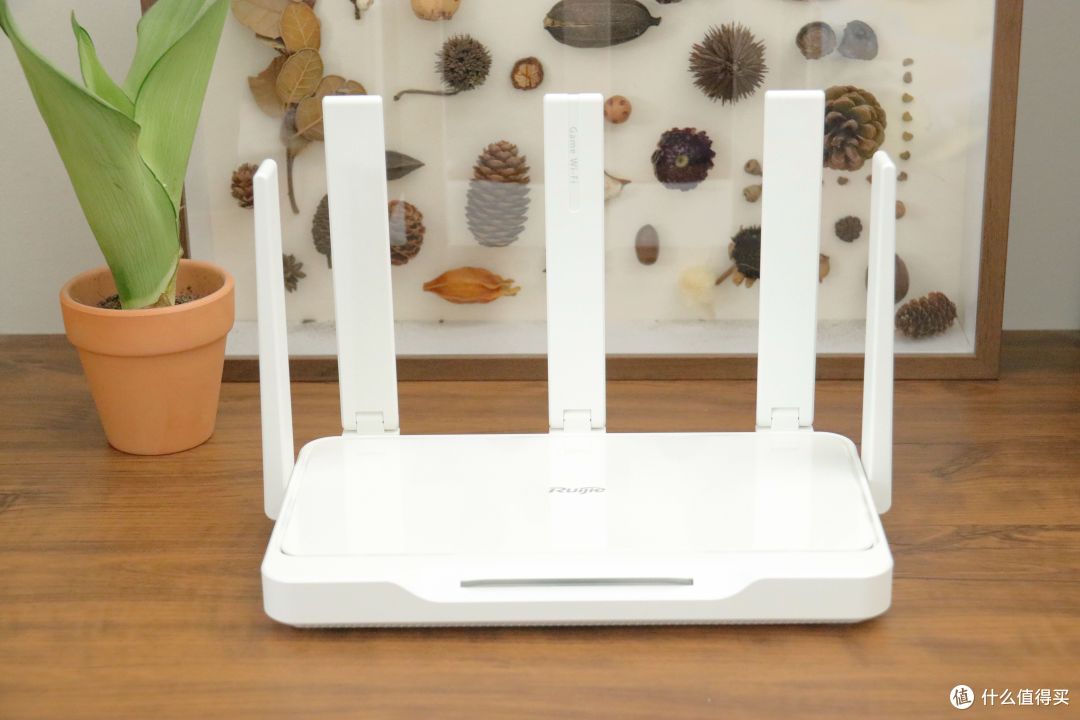
The landscape of digital communication continues evolving as WeChat solidifies its position in international markets. Professionals mastering these nuanced English expressions gain significant advantages in global networking. From boardroom negotiations to backpacker hostels, the ability to smoothly transition contacts onto China's dominant social platform opens doors that literal translations cannot. Linguistic precision combined with cultural awareness creates meaningful connections where simple phrasebooks fail. As artificial intelligence transforms translation tools, the human understanding of contextual appropriateness remains irreplaceable in sensitive social exchanges. The future will likely see further hybridization of Chinese digital idioms with Western communication patterns, creating new phrases that transcend current categorization.
 212人看过
212人看过



 201人看过
201人看过
 172人看过
172人看过
 328人看过
328人看过
 380人看过
380人看过
 199人看过
199人看过
 238人看过
238人看过

